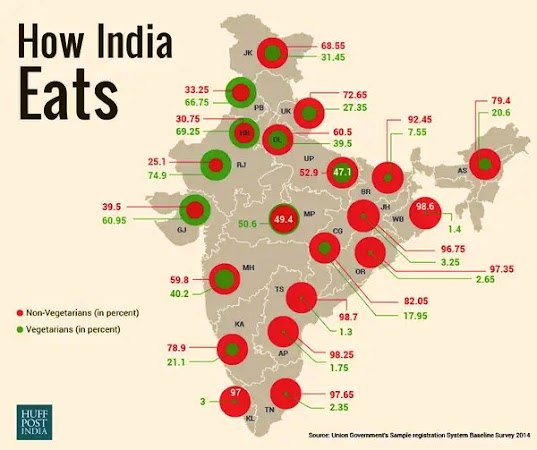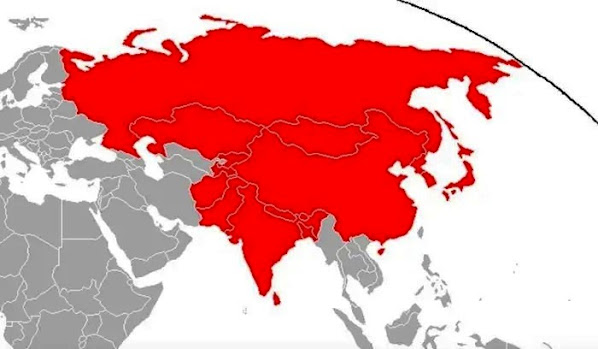WE MISS THE BUS AGAIN
India recently kept itself away from the latest round of Regional Comprehensive Economic Partnership (RCEP) talks in Bali. Such a decision also signalled a lack of preparedness in terms of its strategy in dealing with such an important grouping. The work on RCEP rules framework began as early as 2012, but until last year no movement towards a final solution was in sight. The meeting was taking place in the background of a total ban on Chinese goods by not only RCEP member countries but by the entire world in general.
The members of RCEP saw India as a gatekeeper & set the tone to avoid creating an economic grouping that could be dominated by China. India could have gained by becoming more competitive in its manufacturing sector. It would also facilitate India’s MSMEs to effectively integrate into the regional value and supply chains.The RCEP allows a Free Trade Agreement, but there are reasonable negative list that is the red line for export oriented country like China. It could have been stepping stone to India’s Act East Policy. After all, China has till now prevented Indian export by policy and protectionism.India needs second-generation reforms of its domestic economic policies to make its trade more competitive and export-oriented urgently.But now there is no point crying over the spilled milk and also when we have missed the bus as well.





